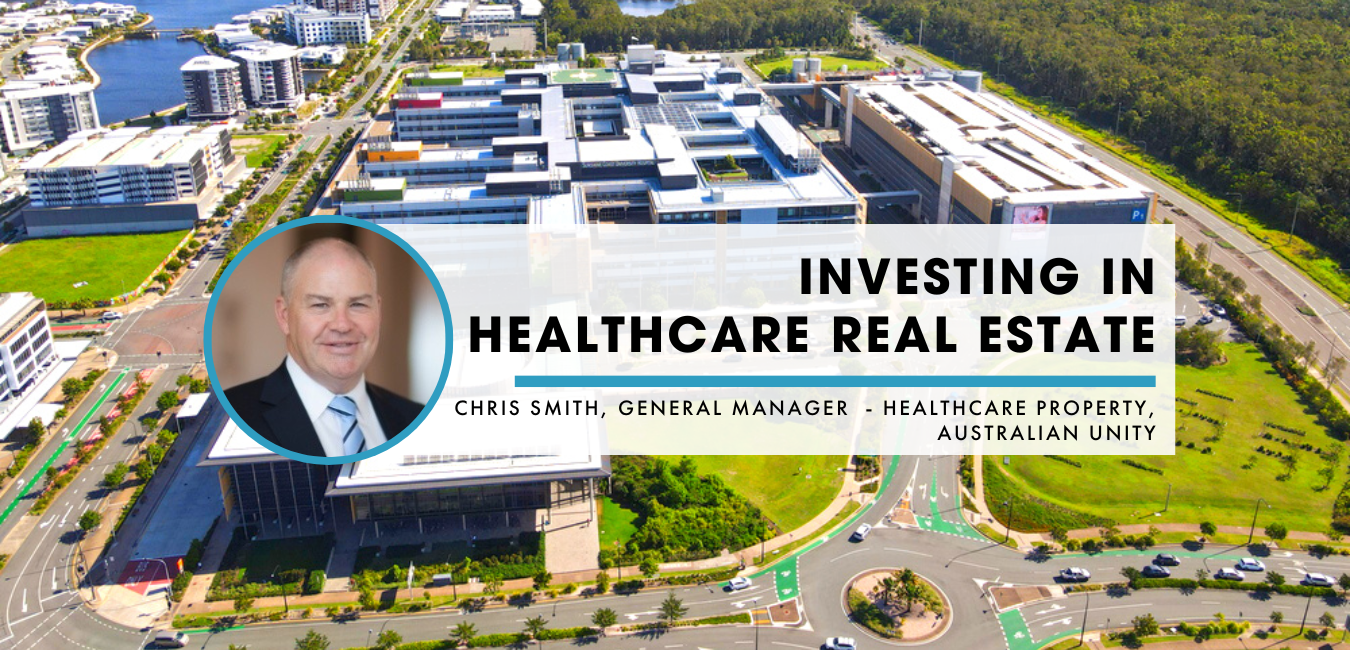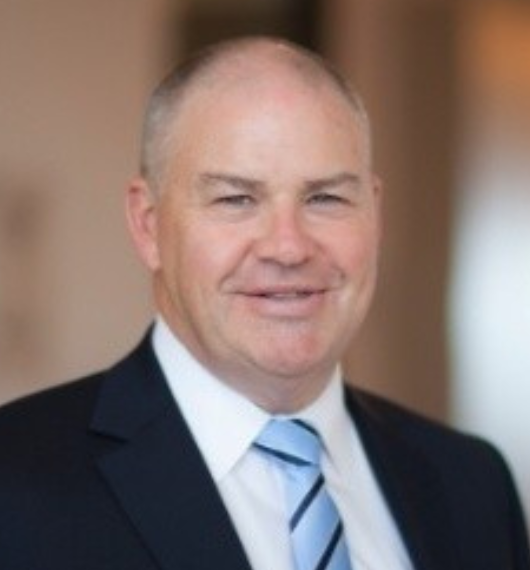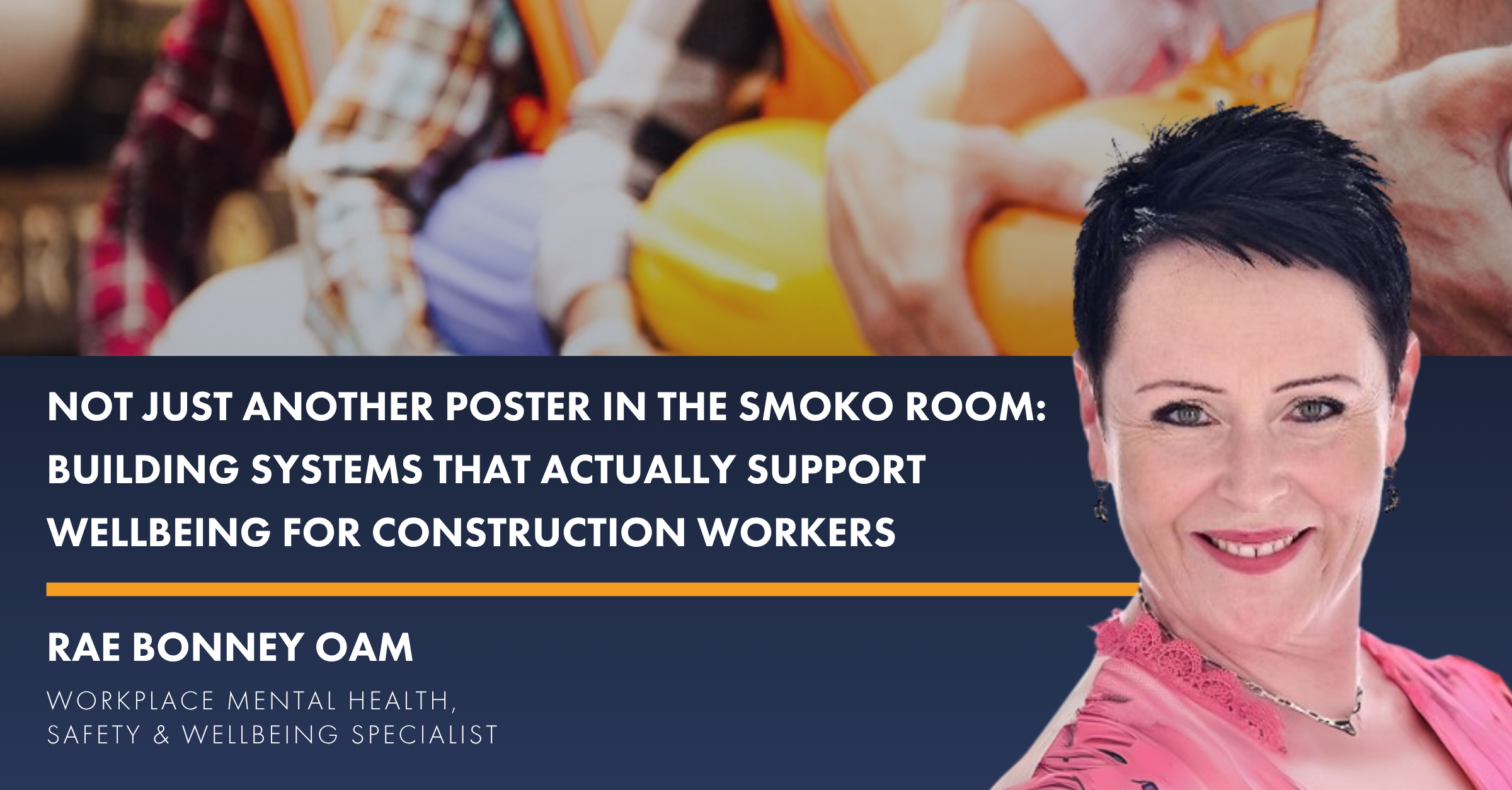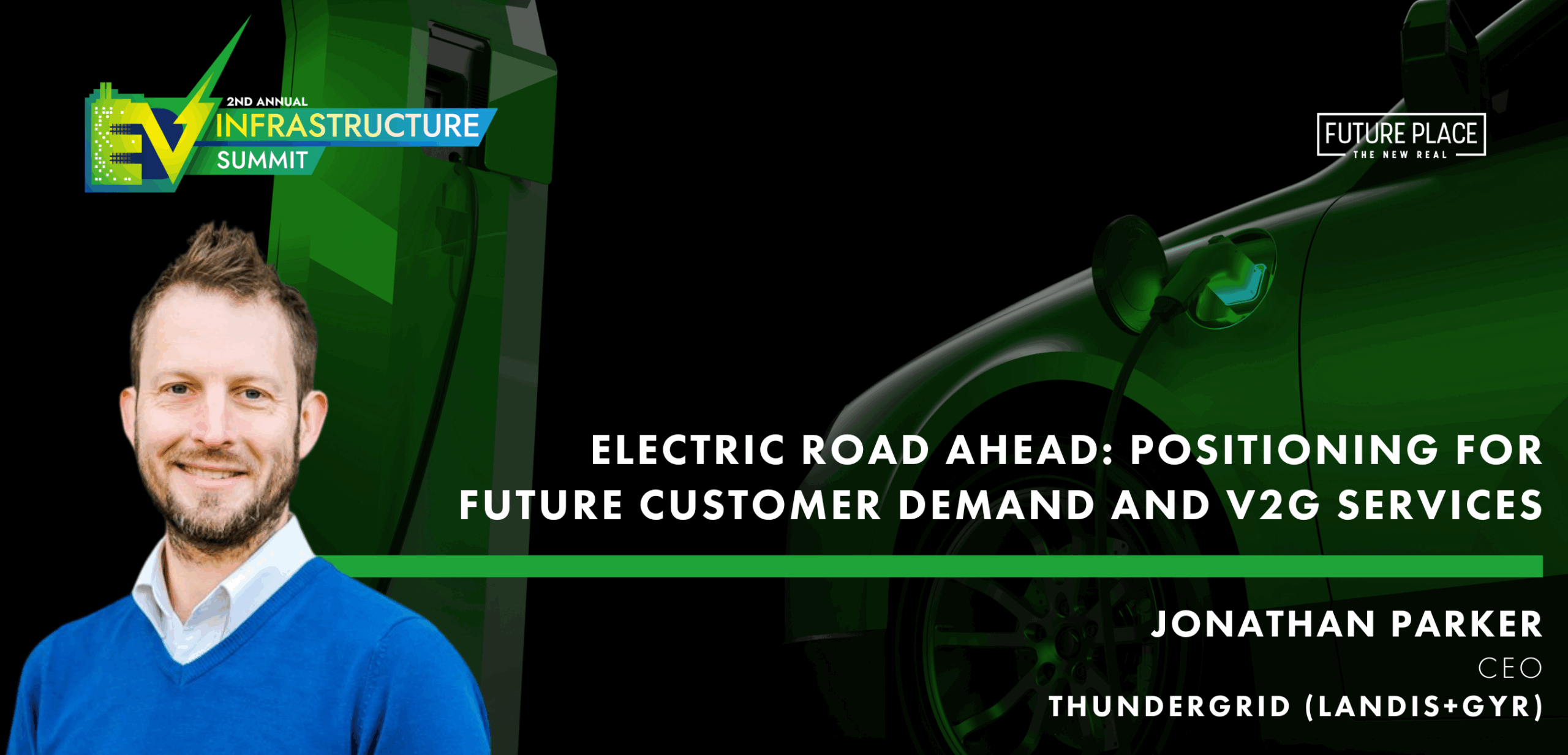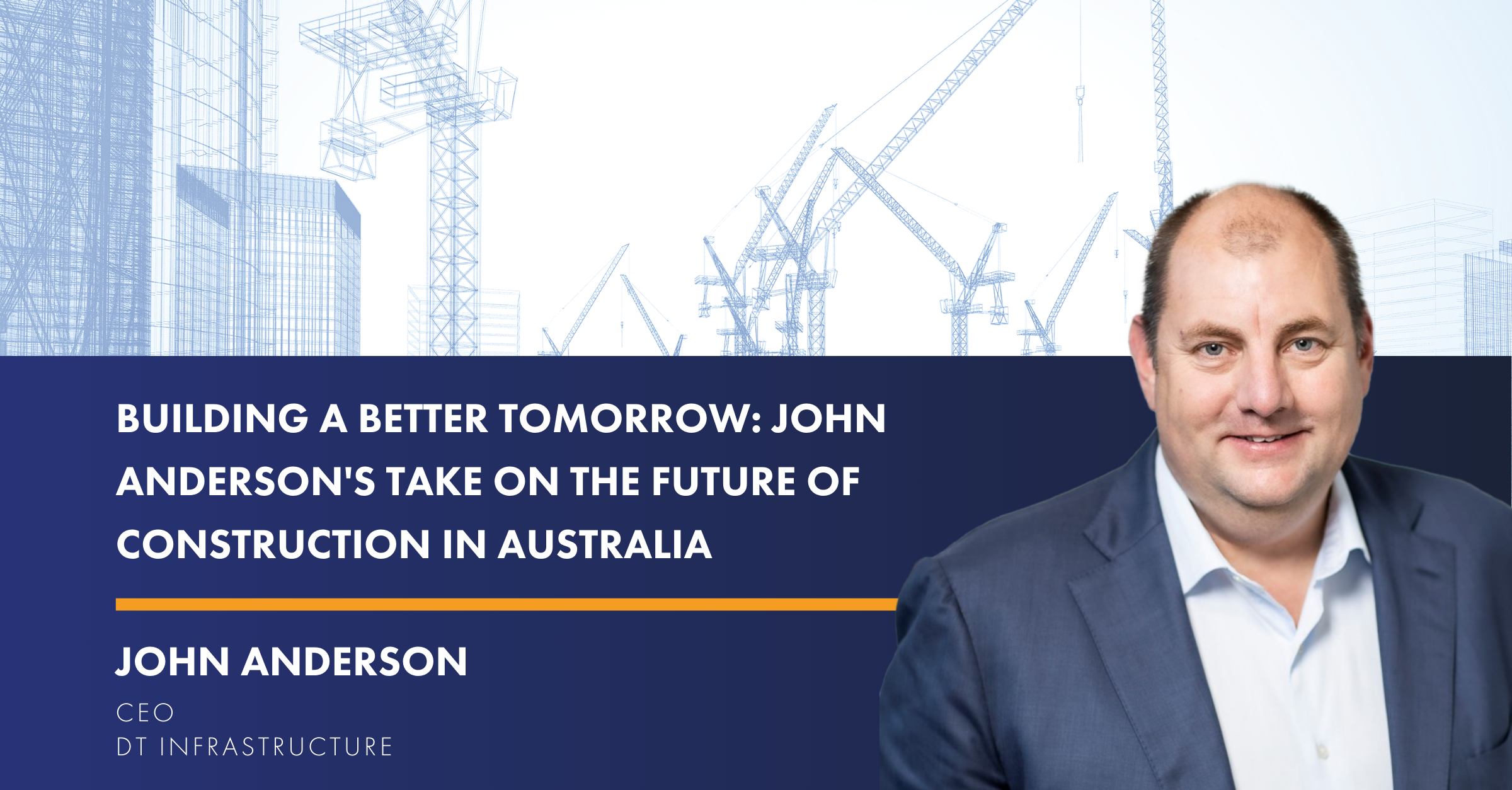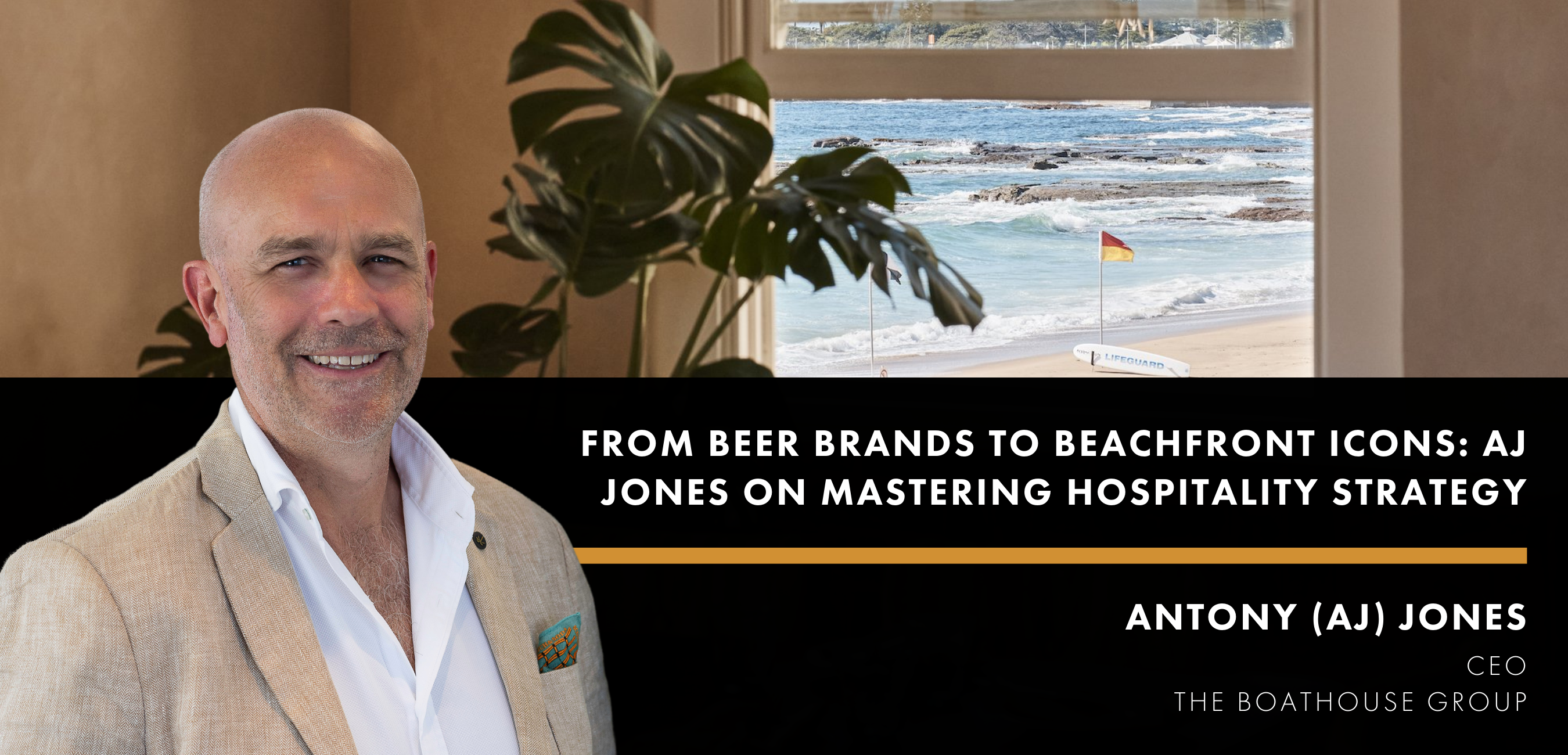FuturePlace Interview Spotlight, Chris Smith.
FuturePlace spoke with Chris Smith, General Manager of Healthcare Property at Australian Unity. In this interview, Chris shares his passion for making a difference in the community. He also discusses economic and sector factors, viability of healthcare investments, and meeting ESG standards both in new developments and existing properties.
FuturePlace: Could you tell us what lead you to your current role and what that role entails now?
Chris Smith: I’ve been at Australian Unity since 2001 and have been involved in health care property since 2002.
I was Head of Asset Management for our property operations in 2004/2005. This included overseeing Asset Management of the properties owned by the Healthcare Property Trust. In 2006 I was appointed as Portfolio Manager of the Healthcare Property Trust. The Trust was $190 million in gross assets, with 8 properties in 3 states. It now has over $3.8 billion of gross assets, with 100 properties located across 5 states and a $1.2 billion plus pipeline.
I do everything that’s required to manage the fund. It’s all about strategy and setting the scene. I work hand in glove with the 20-strong Healthcare Property Trust team on new properties coming online and developments. On any given day, I could be interfacing with investors, financial advisors, lenders, tenants, and then reviewing developments, feasibilities, requests for capital expenditure approvals and budget performance.
I love what I do, and I am privileged to work with a great team that is focused on investing in critical healthcare-related infrastructure that makes a tangible difference to communities across Australia.
FP: What attracted you to the healthcare property investment space?
Chris: Well, I think there’s two key things that stand out:
First, you’re making a difference in the community. You can look back when you retire and say, “Well, what have I done?” Driving past the hospital and thinking, “Well, I facilitated the building of that.” Our activities are providing much needed valuable space for healthcare related activities and are making a difference in that community. It is quite satisfying to buy a parcel of land and progressing a project from inception to the opening, and then watch the tenants’ business mature and grow over time.
I have always relished the longer-term opportunities in this sector and with that the longer- term planning involved. There are some pieces of vacant land I have earmarked for future development opportunity for more than a decade and over time we have found the right partner and commenced a hospital build.
The second part is making a difference to people’s lives with regular income. Many of our investors are self-funded retirees or in pre-retirement, accumulation phase. Many of these investors rely on the quarterly income distributions from the Trust to live on in their retirement, I never lose sight of that.
“We have seen in the last five years or so that there are a lot of institutional investors coming into the market, some for the first time as new entrants, and wanting to quickly build scale as they pivot away from some of the other core sectors, like say office.”
FP: How have economic or sector factors affected your company’s investment decisions lately?
Chris: You really need to adjust your investment decisions for the times. For example, in the lead up to the GFC, the market was getting pretty heated, so we pulled back a little bit.
More recently in 2021, the market was heated. Except for aged care assets and value add opportunities, we pulled back on buying existing passive assets, but we’re still developing our own product where we control the pricing of that deal.
Some properties have been quite expensive, with a blurring of the lines between B and C grade properties, which were attracting A grade prices.
You really need to be in tune with the market. We’re seeing what comes to market and closely monitoring transactions. Sometimes we’ll buy if there’s some long-term value add for that particular asset. We have seen in the last five years or so that there are a lot of institutional investors coming into the market, some for the first time as new entrants, and wanting to quickly build scale as they pivot away from some of the other core sectors, like say office.
FuturePlace: What are the key factors you look for when reviewing viability of a healthcare investment?
Chris: When we invest, we always say: “Well, what’s the exit strategy? What’s the alternative if the tenant leaves and doesn’t renew?, How long is the lease?” We do our due diligence and so forth.
More recently, since 2016, we’ve been building our own product. If it’s an existing asset, we look at location and replacement costs. For example, we have recently bought a portfolio of nine aged care properties in South Australia (SA) with a very high land content and material discount to replacement cost.
The nuance in aged care, now, is that quite often you may be buying below replacement cost for those buildings. For that SA portfolio, we considered what would happen at the end of the 20-year lease term. We have our risk spread across nine different locations. Most of the locations have single level buildings on them and are on large land parcels. If the tenant wants to depart, there’s significant residual land value there, plus the opportunity to repurpose the buildings or redevelop those sites.
“Everyone is talking about health care precincts now.”
FP: What type of innovations or technologies benefit healthcare buildings the most?
Chris: More recently, we are developing more 5-star green rated buildings that are energy efficient. We’re about to open Australia’s first all-electric private hospital with a 5-star green rating, at St Albans, in Victoria. There’s a lot of extra thought that went into that building, not just on green star and environmental perspectives, but on future proofing too.
Location, and how the private sector can work with the public sector and precincts are important. We now have interests in over 18 health precincts around Australia. Everyone is talking about health care precincts now. Healthcare precincts aren’t new of course, it’s just that people have woken up to the opportunities in precincts and how their design can significantly improve patient and community wellbeing.
FP: How do you ensure that your healthcare real estate investments are sustainable and meet ESG standards? You’ve touched on new developments, but how about existing ones?
Chris: For our existing properties, we have an ESG plan to reduce carbon emissions to zero by 2035. We’ve also broadened our ESG initiatives as part of our 10-year capital expenditure plan. We’re working closely with a lot of our tenants particularly on energy, water, waste, and how it’s all managed.
The challenge is for older properties as they weren’t designed for that. But there are still a lot of things that you can do over time to improve the outcomes, things like solar panels and upgrading monitoring systems. For example, at the RPAH Medical Centre in inner Sydney we installed a new building management system with a smart system in 2008 and over a period of around two years, we reduced the kilowatt consumption by 60%.
This was achieved by having the right equipment and, most importantly, the right people who were motivated to maximize the use of that equipment to generate those savings. The tenants benefit from that as well, in reduced outgoings.
FP: How do you assess the potential risks and returns of healthcare real estate investments?
Chris: When we look at a property, we look at location, exit points and how would we exit if we needed to. We also look at the Tenant Covenant in context. For example, if it’s a 100 square metre tenancy in a medical centre with over 50 tenants that’s a different risk profile to us than a tenant who might lease a $300 million property.
We do use external accounting firms to review tenants’ business cases as well, particularly on new buildings. We do a lot of due diligence on builders, tenants, consultants, and project monitoring services from leading project management companies.
FP: How could the Short Stay Hospital model impact the health care sector?
Chris: In Australia, we have overnight hospitals and day hospitals. But short stay does happen in overnight hospitals as well, but the stay is shorter of course. What we have found over time in larger overnight hospitals is that the ratio of theatres to beds is increasing. The length of stay is shortening but there’s still demand for additional beds and theatres.
Technology has helped as well. Twenty years ago, if you went into hospital for a hip operation, you might be in hospital for a couple of weeks. These days, it could be a day procedure or very short stay. The aftercare models are changing too. There’s an increasing trend towards care in the home and outpatient services as well.
Healthcare in Real Estate Summit
Chris will be speaking at the Healthcare in Real Estate Summit, taking place on 31st May 2023. It will bring together key players from across the entire ecosystem – organisations engaged in healthcare real estate design, development, investment, leasing and management – to discuss strategies for delivering superior patient facilities and outcomes in alignment with new technology and increasing demand.

